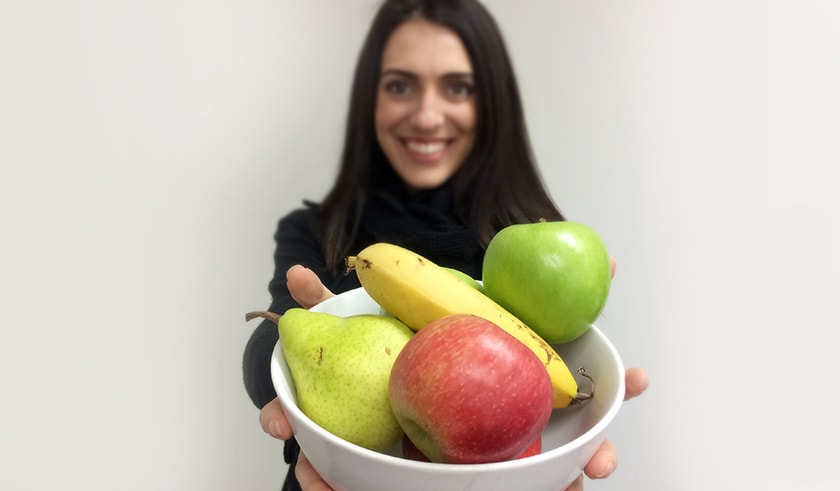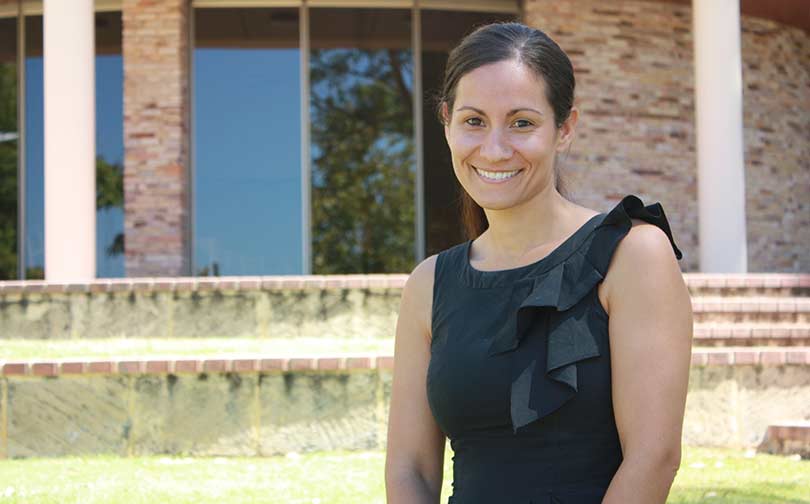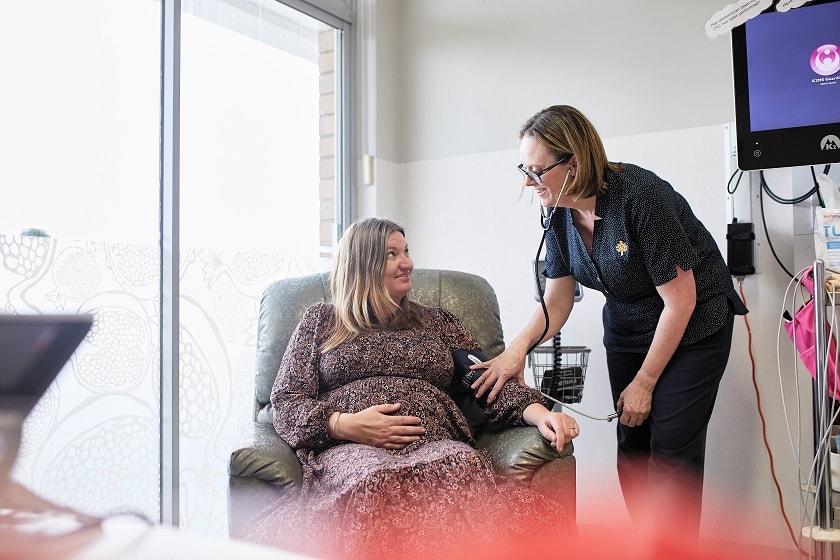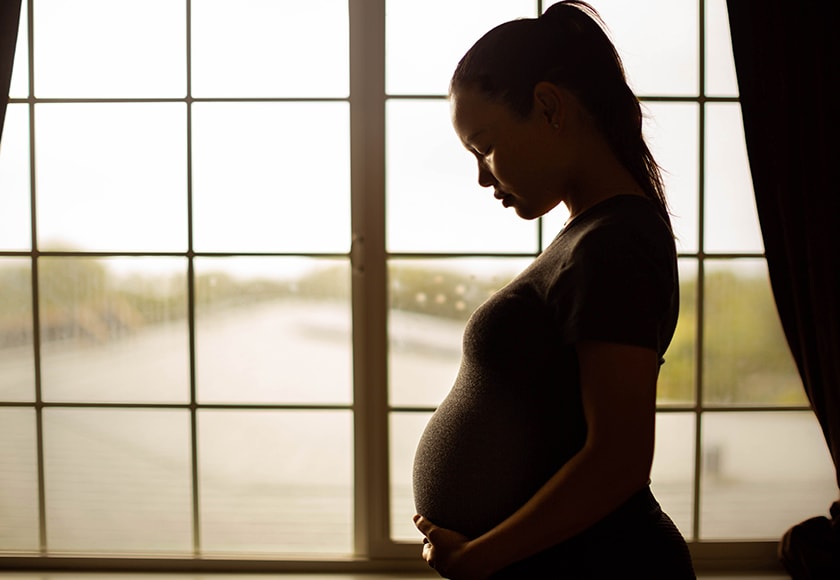During pregnancy, eating to your appetite is a good guide of how much to eat. There is no need to eat for two as this is just a myth and it is not until the second and third trimester that a woman’s energy needs actually increase as the baby begins to grow more rapidly.
Eating fruits and vegetables
Throughout the day, choose lots of fresh fruit and vegetables, cooked or raw. Just remember to wash these well to remove any potential risk of listeria.
Top tip: If you are hungry, choose these as a snack first time round.
Cereals and grains
Cereals and grains such as breads, noodles and pasta provide lots of good energy together with important nutrients.
Over the course of the day these foods can make up meals (e.g. lasagne) or provide an easy and nutritious snack options (e.g. toasted crumpet, pikelets).
Top tip: Try to have at least eight serves of cereals throughout the day and choose wholegrain varieties to help reduce constipation which can be a problem during pregnancy.
Meat and meat alternatives
Meat and meat alternatives are important foods to provide iron for the growth of the baby and increased blood supply.
Always choose lean meat and make sure it is well cooked to remove the risk of listeria.
Top tip: Choose at least three small serves of meat, lentils, fish, nuts, eggs or legumes throughout the day.
Dairy
Dairy foods are important for growing bones and are a valuable source of protein.
Top tip: A cup of milk, two slices of hard cheese such as cheddar and a small yoghurt will provide you with your daily calcium needs. If you are using milk alternatives such as soy, make sure it is calcium fortified.
You don’t have to fit everything into one meal, but a balance of all these food groups spread throughout the day will keep you in top nutritional shape during your pregnancy.










